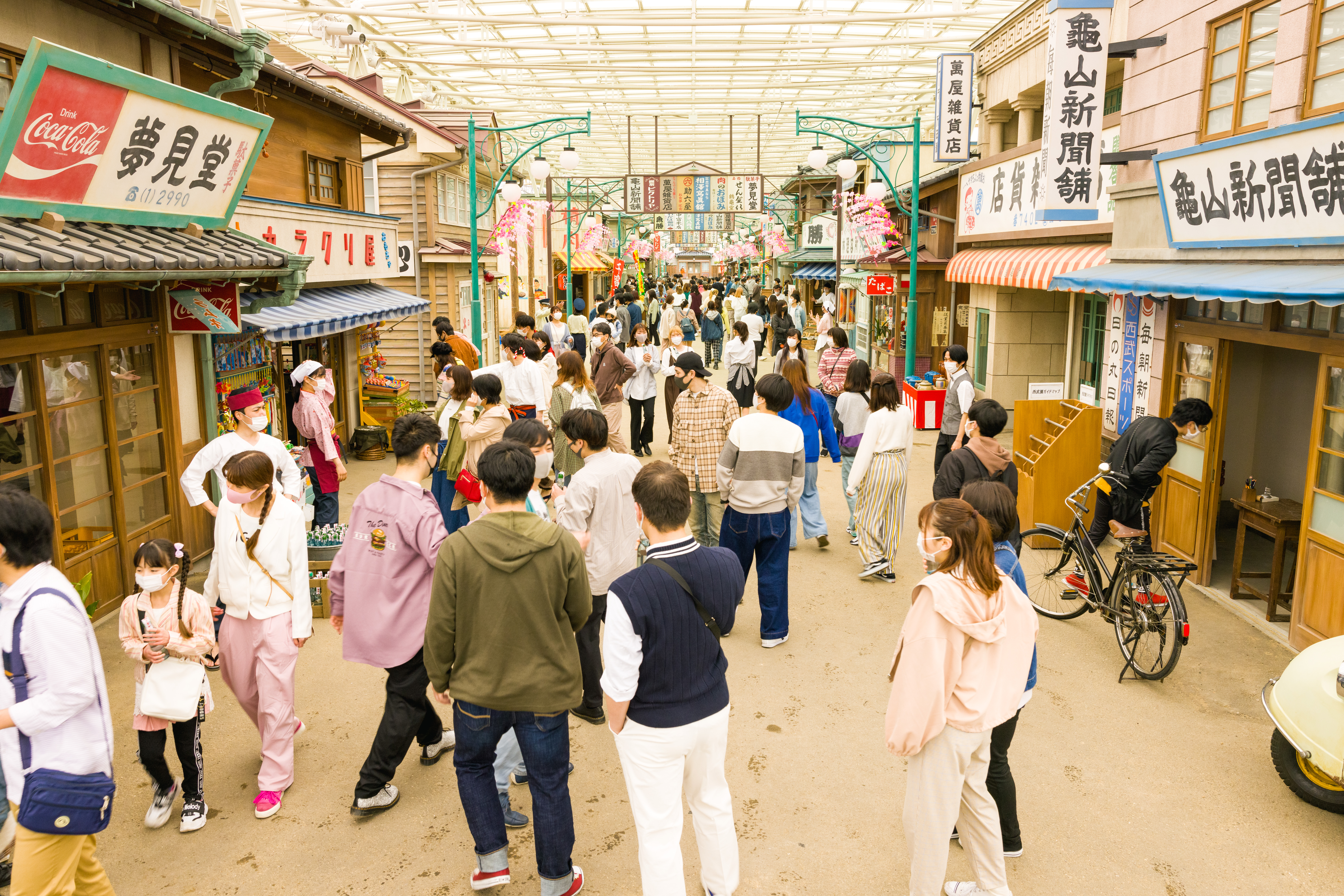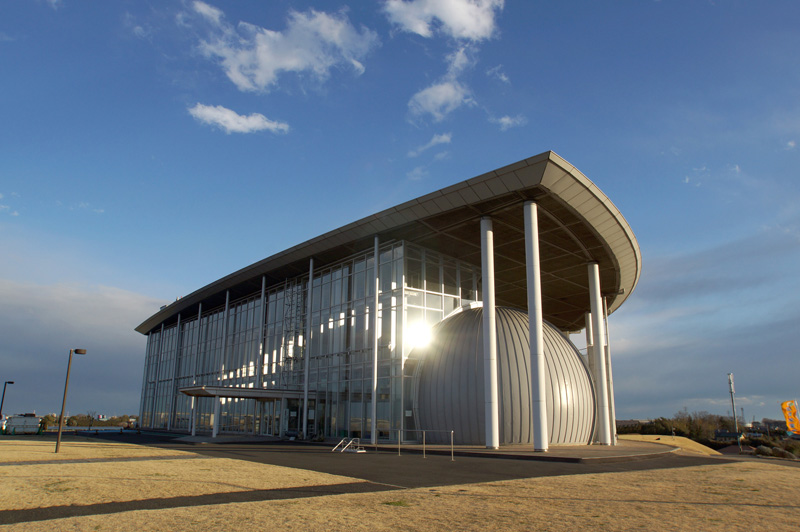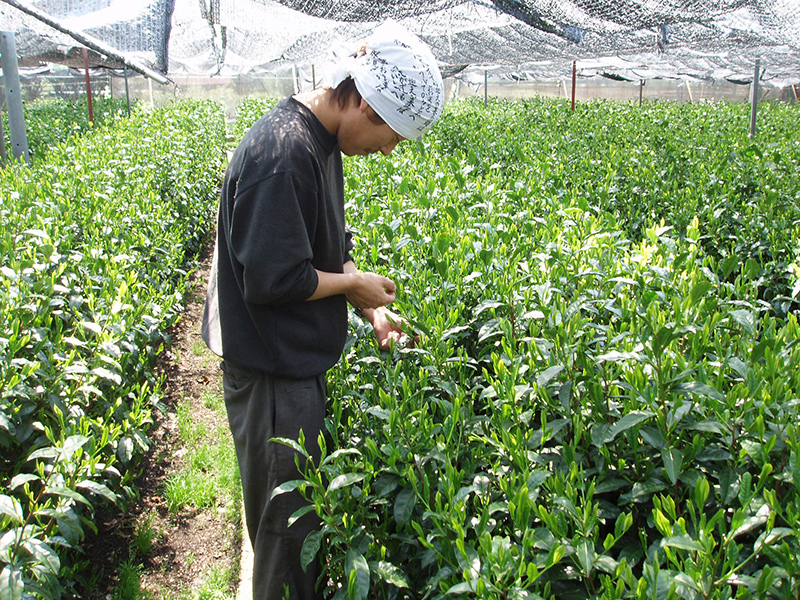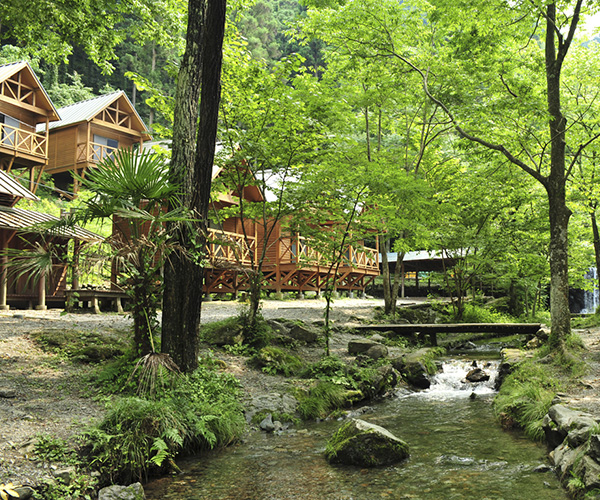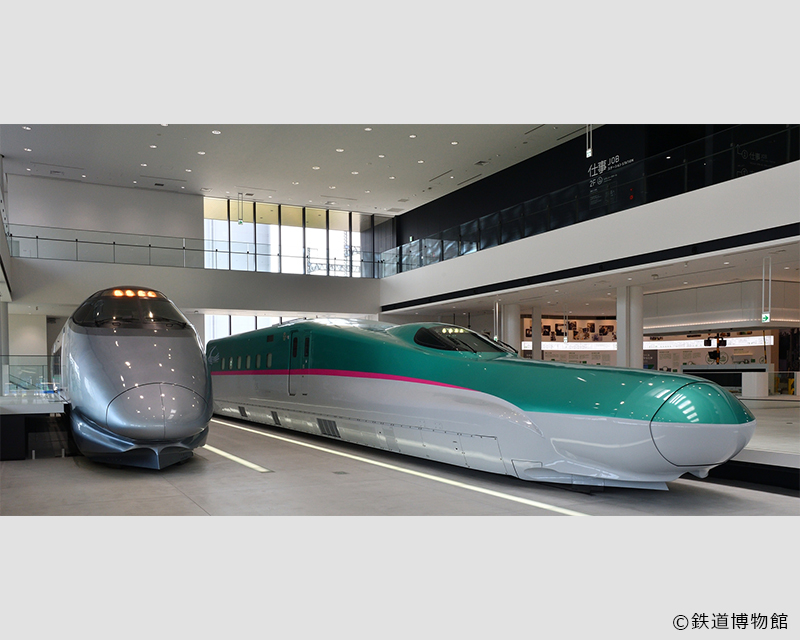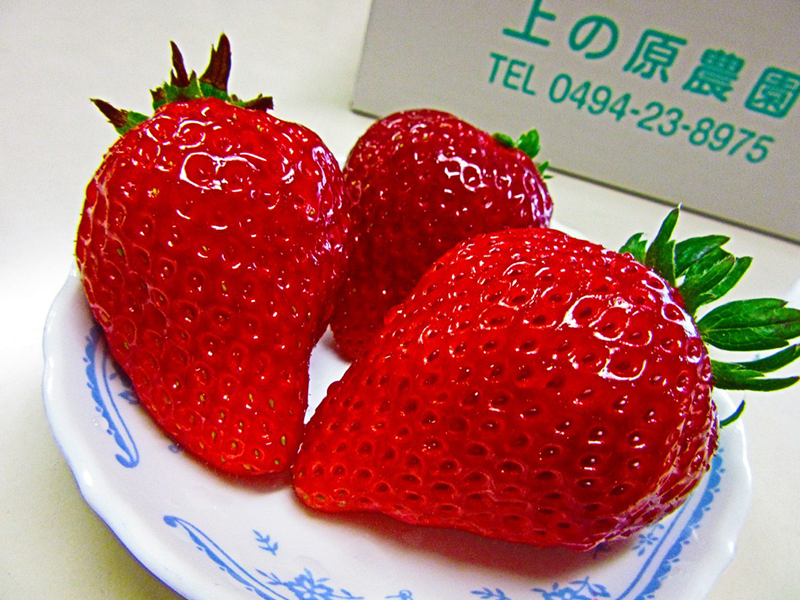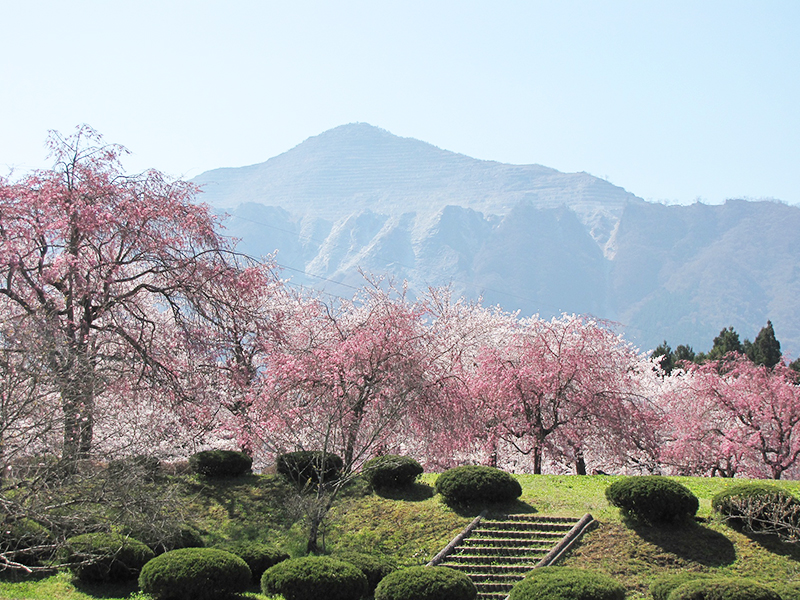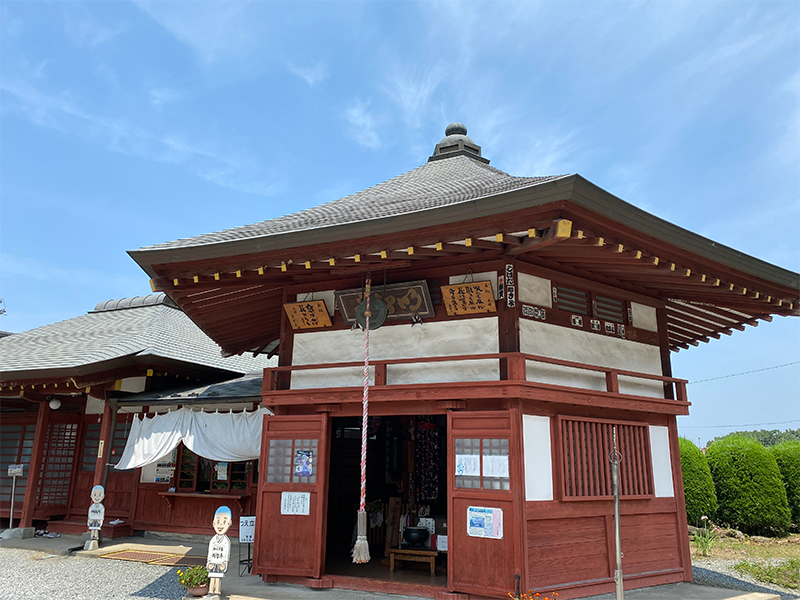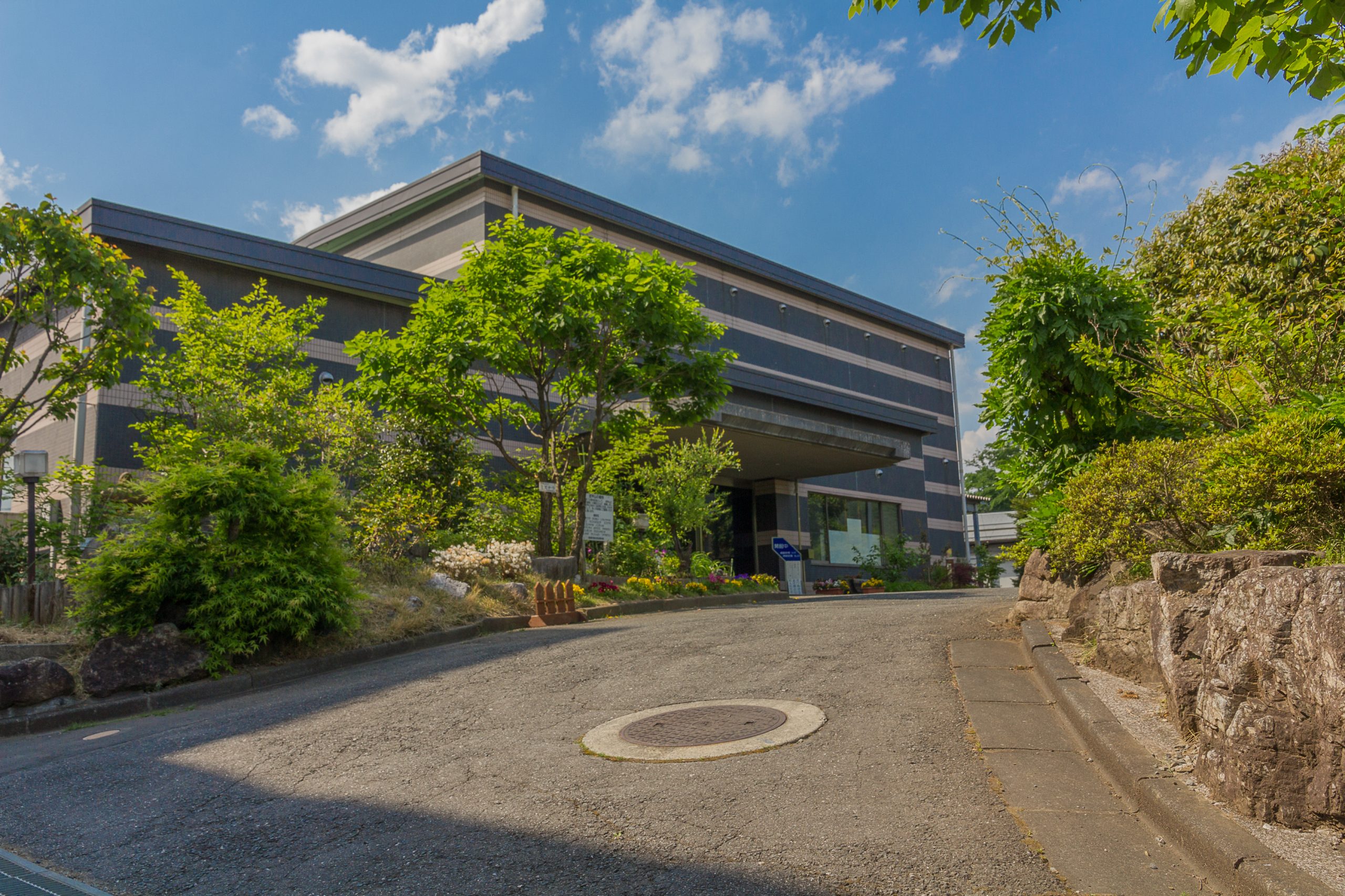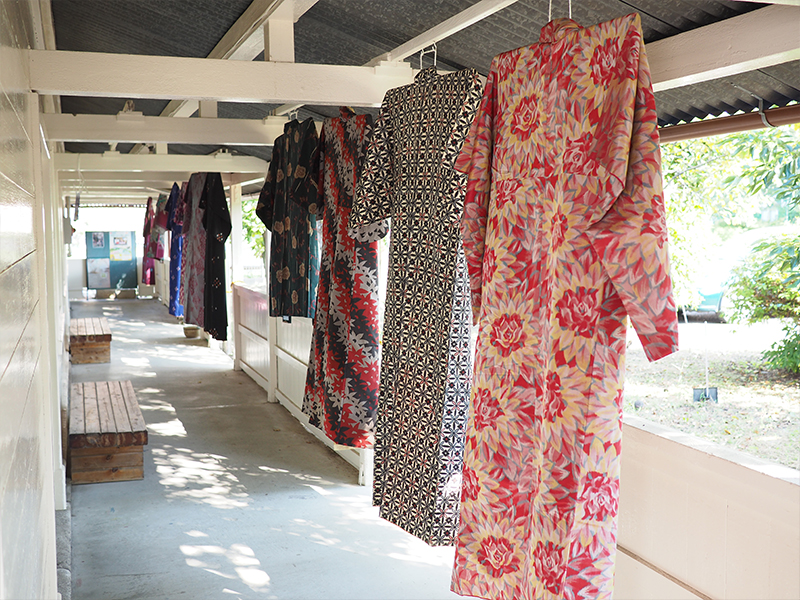Yagihara Strawberry Farm
sightseeing
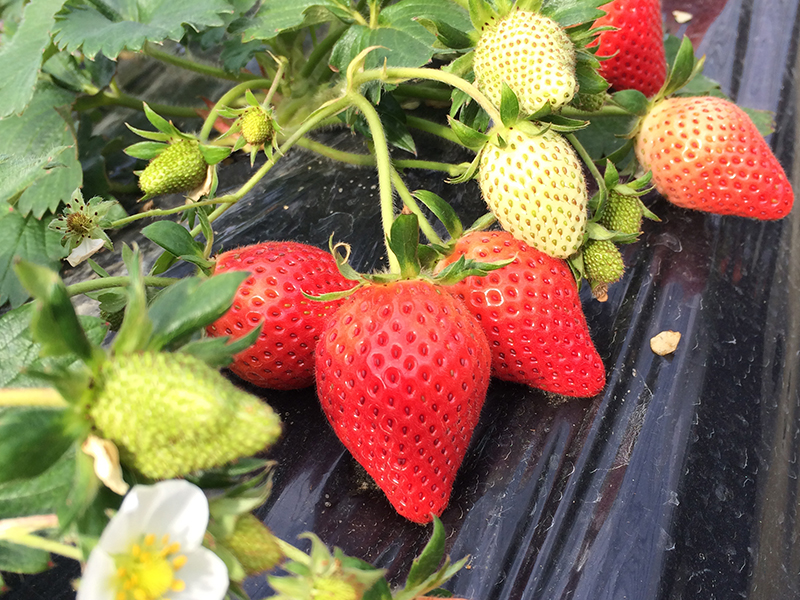
A 10 minute walk from Yokoze Station. Also a 10 minute walk to Hitsujiyama Park and Shibazakura no Oka. Strawberries grown with a focus on the best taste and assurance of quality.
Basic Information
Location
3338-2 Yokoze, Yokoze-machi, Chichibu-gun
TEL
0494-22-4193
Event Information
You can pick strawberries from January to May!
Cultivars: Tochiotome, Yayoihime, Memine, (small) too much, (small) Kaorin
Cultivars: Tochiotome, Yayoihime, Memine, (small) too much, (small) Kaorin
Business hours / Fee
Business hours
Saturdays, Sundays, and holidays: 10:00-ends as soon as it runs out (contact us on weekdays)
Regular holiday
January-May (seasonal business)
How to get there
Public transport
About 10 minutes on foot from Yokoze Station on the Seibu Railway
Car
About 1 hour from Sayama Hidaka IC on the Ken-O Expressway, near Hitsujiyama Park
Parking
15 ordinary cars

